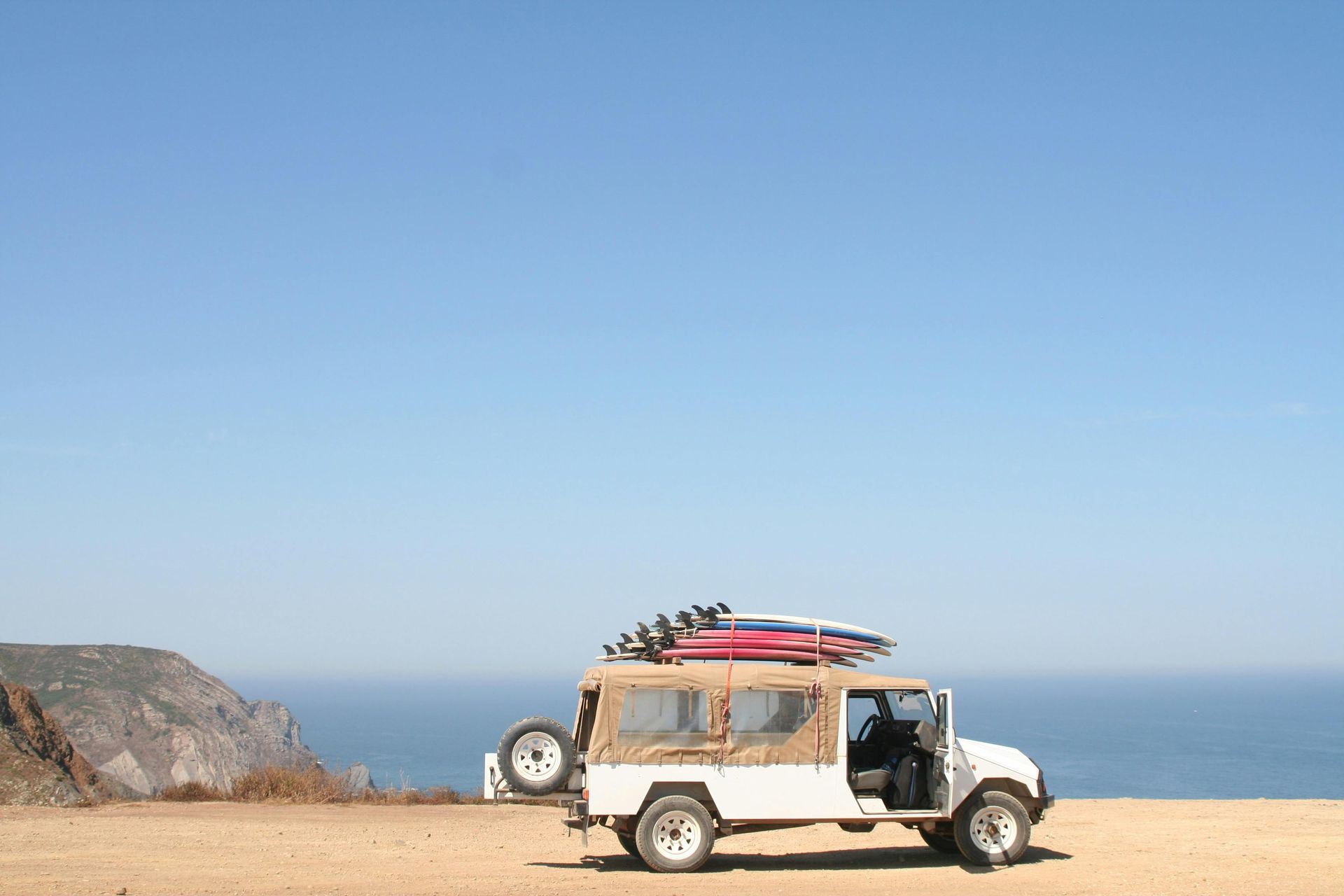How to Get Your Vehicle Ready for the Mountains
Thinking of taking a trip to the mountains? The mountains offer a beautiful and even wondrous sight, but mountain roads also take a toll on your car with all the uphill strain they put on it. They’re especially rough on your vehicle’s transmission. Luckily for you, there are plenty of ways to make sure your car or truck stays in peak condition as you drive into the mountains for a fun weekend getaway.
Firstly, Take Care of Any Maintenance
Mountain driving can be rough, so before you embark on your journey, take care to have your car serviced and checked over by a mechanic. Seeing as how mountain roads can be hard on your transmission, it’s good to especially have all the things that affect the transmission checked out.
Your vehicle’s health is dependent on multiple parts working seamlessly together, similar to a holistic organism. Problems in one area can easily trickle down and cause problems elsewhere, hence why it’s important to check various parts and mechanisms before you subject your automobile to harsh conditions.
The first thing you may want to consider is a transmission fluid flush, especially if your vehicle is approaching 100,000 miles. Your owner’s manual will likely have its own recommendations, which you should check, but the general rule of thumb is to have a flush every 100,000.
It’s also a good idea to check the levels of your transmission fluid. Many vehicles nowadays have a dipstick, allowing you to check the transmission fluid in the same way you check the engine oil. This can not only help you determine the health of the fluid, but it can also help you determine if the transmission fluid is leaking. You really don’t want to delay fixing a leak, even if you’re driving on normal roads.
You’ll also want to make sure the cooling system is healthy. Without a good cooling system, your transmission and engine are at risk of overheating, especially in mountainous terrain. Make sure your vehicle has the right amount of coolant, and don’t forget to glance at the temperature gauge now and then as you drive.
Finally, make sure your tires are aligned and get them rotated if you haven’t done so in a while. Not only are good tires needed when driving through mountains, but they’ll also help take the strain off the engine and transmission. Beware of your car or truck wanting to pull to one side while driving, as that’s a sure sign that you need have to your tires realigned.
Secondly, Pay Careful Attention to the Way You Drive on Mountainous Roads
Even if, mechanically speaking, your vehicle seems sound, you can also help take a load off it by monitoring your own driving habits. Believe it or not, driving habits go a long way toward maintaining your car or truck’s health, even when forced to travel uphill for long periods.
An important thing you can do is to always look for changes in your vehicle. This can mean listening to the sounds it’s making, and checking if there are any strange or new smells, or even if the vehicle feels different from normal while driving. Because overheating is common on mountain roads, sometimes just pulling to the side of the road when you notice any signs of trouble will allow the car or truck to cool down, allowing you to resume driving. Even if the problem seems serious, it can at least give you the time you need to drive to a mechanic without causing more serious problems to occur.
It’s also imperative that you become mindful of your braking habits. Hard braking and quick acceleration are problematic for your automobile at the best of times, but on mountain roads, they can be even harsher.
When you travel downhill, especially down a long slope, you should rely on automatic transmission to avoid overheating your breaks. This is accomplished by shifting your automatic transmission into a lower gear.
Normally, the options an automatic transmission gearshift has are D, 3, 2, and 1. Shifting into one of the lower gears can help you spare your brakes any added burden as you travel downhill.
Also, try to avoid slamming the brakes as often as possible. Hard braking is downright terrible for your vehicle and should only be done in emergencies.
Final Thoughts
Mountains offer great places to get away, hike, and go sightseeing. While they can be rough on your vehicle, especially its transmission, there’s no reason at all why you shouldn’t be able to enjoy these unique and scenic roads while keeping your vehicle in good working order.







